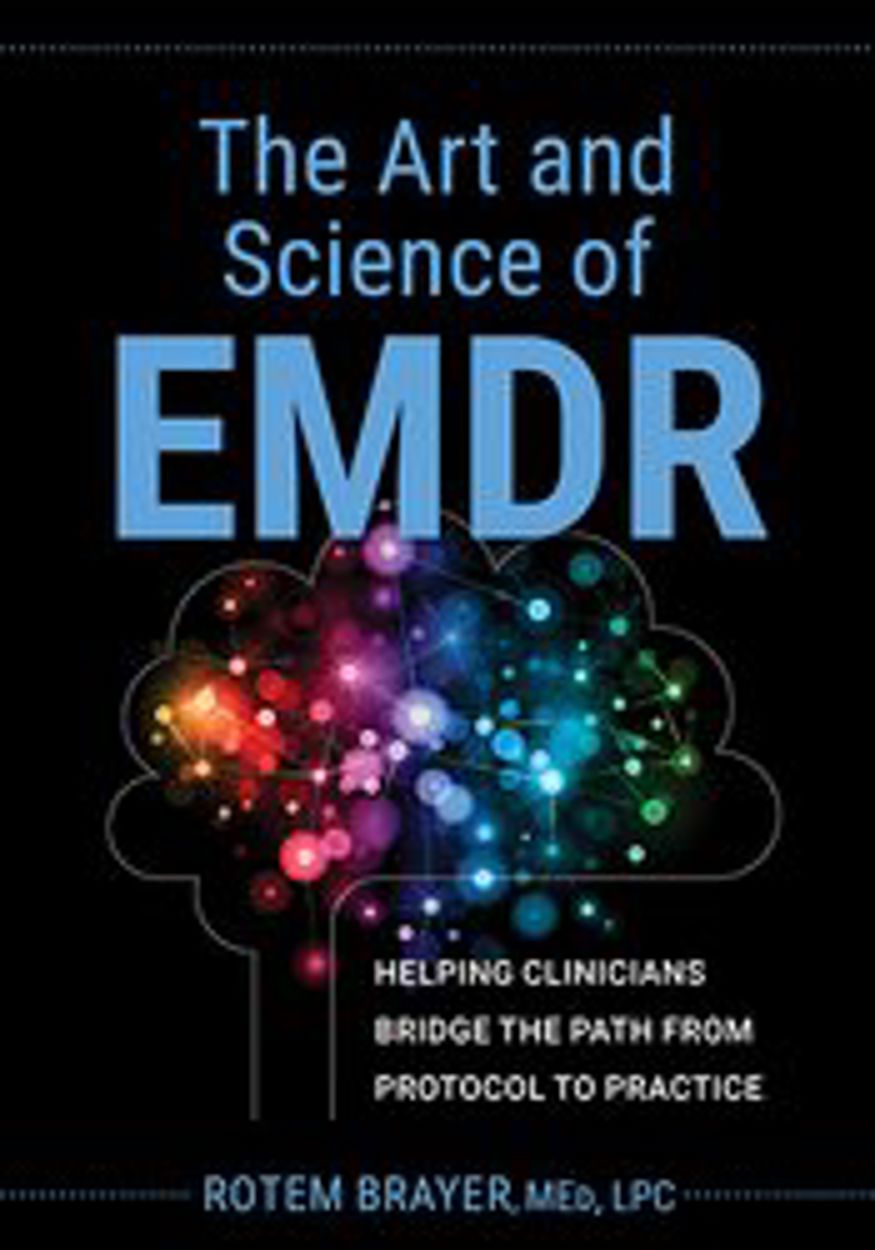Be a Better Therapist with Deliberate Practice

Most of us therapists are good at what we do. We have our go-to strategies, we go through the motions, and we get by with relative success. We see some of our clients get better, and we feel successful. We’re more or less satisfied with our performance. We don’t get any worse at what we do, but over the years, most of us don’t get much better either.
The main reason for this is that, like most people, we tend to stay in our comfort zone, where we feel in control. But our comfort zone is also where we spin our wheels without moving forward. In this way, the comfort zone is the enemy of skill improvement. When we’re in this zone, we’re not becoming better therapists.
Many therapists believe that the key to mastery is to read more books and take more trainings. While these can help in a limited fashion, experts who study peak performance conclude that focusing on deep learning is a much better way to develop and master skills. This is the basis of deliberate practice, a rigorous and systematic method for improving performance. It has been used in fields as varied as sports, chess, music, and, most recently, psychotherapy.
After three decades of research, psychologist Anders Ericsson and his colleagues made an interesting discovery: Top performers who have mastered their field do all of the following:
Mastering a new skill takes work and effort, but the methodical approach of deliberate practice can help you solidify whatever you’re learning and excel at whatever technique is before you. Here are five steps you can follow to master a new skill:
 Making micro-adjustments is a key undertaking when applying deliberate practice. If you’re trying too many things at once (as therapists are prone to do when we’re trying a new protocol for the first time in session), you are multitasking, and therefore, not focused. You also may be making too large an adjustment all at once; when this happens, you are more likely to make one big clumsy change instead of several small, adroit adjustments. To practice deliberately, you need to focus on making micro-adjustments based on the feedback you’re getting.
Making micro-adjustments is a key undertaking when applying deliberate practice. If you’re trying too many things at once (as therapists are prone to do when we’re trying a new protocol for the first time in session), you are multitasking, and therefore, not focused. You also may be making too large an adjustment all at once; when this happens, you are more likely to make one big clumsy change instead of several small, adroit adjustments. To practice deliberately, you need to focus on making micro-adjustments based on the feedback you’re getting.
This is how you become an expert. Just like Mozart, Michael Jordan, Itzhak Perlman, and other top performers, you can follow this proven method for success as a therapist.
The main reason for this is that, like most people, we tend to stay in our comfort zone, where we feel in control. But our comfort zone is also where we spin our wheels without moving forward. In this way, the comfort zone is the enemy of skill improvement. When we’re in this zone, we’re not becoming better therapists.
Many therapists believe that the key to mastery is to read more books and take more trainings. While these can help in a limited fashion, experts who study peak performance conclude that focusing on deep learning is a much better way to develop and master skills. This is the basis of deliberate practice, a rigorous and systematic method for improving performance. It has been used in fields as varied as sports, chess, music, and, most recently, psychotherapy.
After three decades of research, psychologist Anders Ericsson and his colleagues made an interesting discovery: Top performers who have mastered their field do all of the following:
- Define very specific goals for their practice
- Focus on one specific technique or skill
- Get (and integrate) feedback on their performance
- Repeat the process until skill development is achieved
Mastering a new skill takes work and effort, but the methodical approach of deliberate practice can help you solidify whatever you’re learning and excel at whatever technique is before you. Here are five steps you can follow to master a new skill:
- Practice
- Integrate feedback
- Make micro-adjustments based on feedback
- Practice micro-adjustments
- Assess your improvement

This is how you become an expert. Just like Mozart, Michael Jordan, Itzhak Perlman, and other top performers, you can follow this proven method for success as a therapist.
The Art and Science of EMDR

Therapists who are trained in EMDR can facilitate healing in the most profound ways. But successful treatment requires more than following a rigid script or a protocol. It requires bringing both the art and science of EMDR into the therapy room.
In The Art and Science of EMDR, clinicians will learn how to do just that. Grounded in the principles of neurobiology and the science of deliberate practice, this book teaches both new and seasoned EMDR clinicians how to apply the phase-based model of EMDR in a more holistic way. Instead of conceptualizing EMDR in an inflexible and linear manner, clinicians will learn how to adapt the protocol to each client’s needs while maintaining authenticity to the model (and to who they are as therapists and humans).
In The Art and Science of EMDR, clinicians will learn how to do just that. Grounded in the principles of neurobiology and the science of deliberate practice, this book teaches both new and seasoned EMDR clinicians how to apply the phase-based model of EMDR in a more holistic way. Instead of conceptualizing EMDR in an inflexible and linear manner, clinicians will learn how to adapt the protocol to each client’s needs while maintaining authenticity to the model (and to who they are as therapists and humans).





